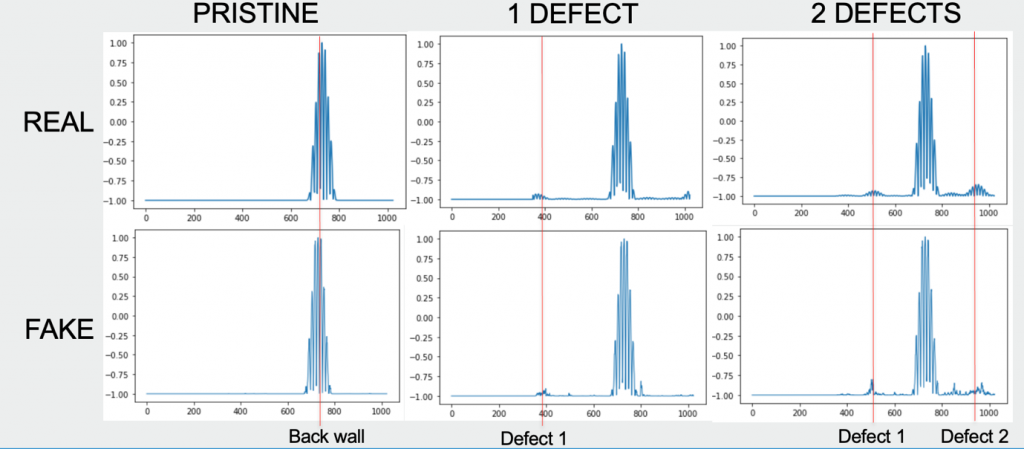Aims and objectives:
- To assess the possibility of automated defect detection and classification using ML
- To explore the possibility of experimental data enhancement with finite element modelling
- To explore the landscape of novel ML techniques, particularly generative learning, in the search for tools useful to the field of NDT
NDT problem to be solved:
With the increased focus on safety, efficiency, and environmental standards there is a need for structural health monitoring methods to display ever higher detection ability, inevitably causing a significant overlap between SHM and NDT. Traditionally NDT dealt with a smaller number of tests, conducted by well trained and experienced operators. As a result, NDT methods often rely on complex inferences from the data, whereas SHM tends to depend on easily computable statistics. The usage of NDT on large scale is currently impractical due to the cost and availability of operators. My work focuses on lowering the workload of operators in the complex cases and eliminating it completely in the simple ones, thus potentially helping to move the NDT methods into the field of SHM.
Progress so far:
- Built a classifier network finding defects in FEA models with 97%+ accuracy
- Created a FEA simulation pipeline suitable to generate data for ML applications
- Built a generative adversarial network generating artificial guided wave data for data augmentation

